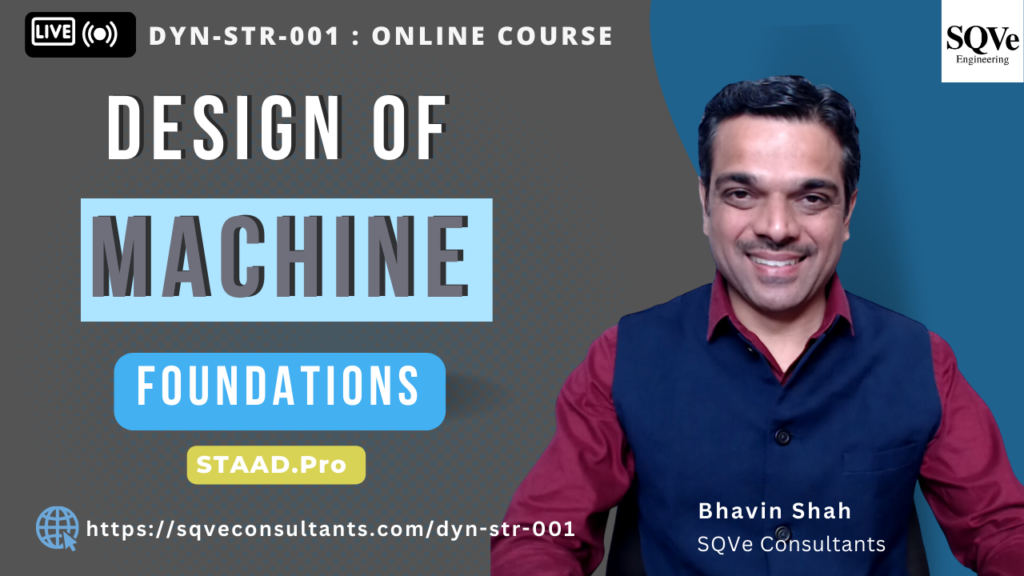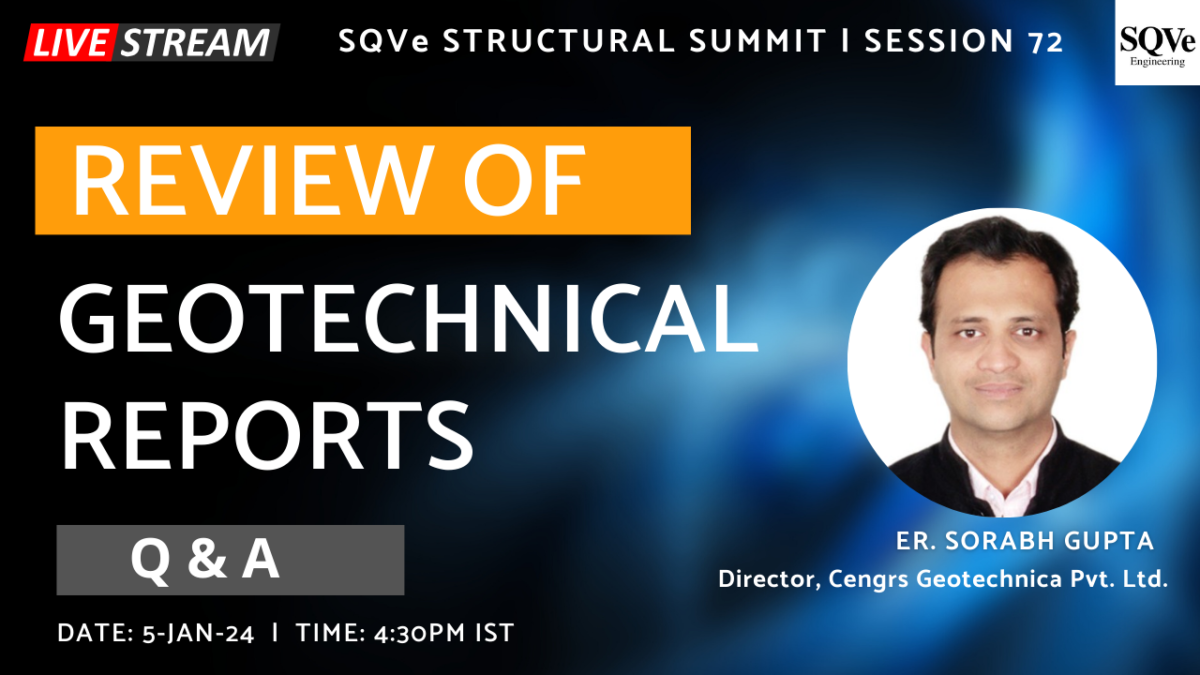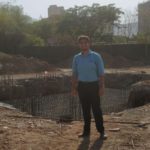INTRODUCTION
SQVE STRUCTURAL SUMMIT
Geotechnical reports are crucial for providing information about subsurface conditions, and inaccuracies or omissions can lead to significant issues during construction and beyond. Some common mistakes or incomplete information that may be found in geotechnical reports include:
- Incomplete Site Investigation:
- Lack of sufficient soil borings or test pits to adequately characterize the subsurface conditions across the entire site.
- Insufficient sampling depth, leading to limited understanding of the deeper soil layers.
- Limited Laboratory Testing:
- Inadequate or insufficient laboratory testing of soil samples, such as missing essential tests like triaxial tests, consolidation tests, or specific tests for expansive soils.
- Incorrect Soil Classification:
- Errors in soil classification, misidentifying soil types, or overlooking the presence of problematic soils like expansive clays.
- Inaccurate Bearing Capacity Estimates:
- Incorrect estimation of bearing capacity, leading to potentially unsafe foundation design or unnecessary overdesign.
- Omission of Groundwater Information:
- Failure to provide comprehensive information on groundwater conditions, including water table depth, variations, and potential impacts on construction.
- Lack of Seismic Data:
- Incomplete seismic data, overlooking the seismic hazard analysis and recommendations for seismic design parameters.
- Incomplete Slope Stability Analysis:
- Missing or inadequate analysis of slope stability, particularly in areas with significant slopes, which can lead to potential landslides.
- Omission of Foundation Design Parameters:
- Failing to provide clear and detailed foundation design parameters for various foundation types, leading to uncertainty in structural design.
- Neglecting Construction Recommendations:
- Lack of specific construction recommendations, such as proper excavation and backfill procedures, compaction requirements, and site-specific construction considerations.
- Overlooking Geotechnical Hazards:
- Failure to identify and address potential geotechnical hazards, such as subsidence, soil erosion, or groundwater contamination.
- Insufficient Settlement Analysis:
- Incomplete settlement analysis or overlooking the potential for differential settlement, leading to inadequate consideration in structural design.
- Missing Future Considerations:
- Neglecting to address potential changes in site conditions over time or the impact of future developments in the vicinity.
- Inadequate Reporting Format:
- Poorly organized or unclear presentation of information in the report, making it challenging for the structural engineer to extract the necessary data.
- Lack of Professional Sign-off:
- Failure to include the signature and seal of a qualified and licensed geotechnical engineer, raising questions about the report’s credibility.
It’s essential for both geotechnical and structural engineers to maintain open communication and address any discrepancies or uncertainties in the geotechnical report promptly. Regular collaboration and a thorough review process can help identify and rectify potential mistakes before they impact the structural design and construction process.
In the session, Er. Sorabh Gupta will join with us. He will give brief presentation about ~15 minutes related to geotechnical investigation report and thereafter we will attempt to answer the question received through the registration form. Also, the discussion points received through live chat will be responded.
Schedule
DATE : 5-JAN-23
TIME : 4:30PM TO 5:30PM IST
Brief about Expert
Er. Sorabh Gupta – Director, Cengrs Geotechnica Pvt. Ltd.
Sorabh is having 20+ years of experience in the field of geotechnical engineering. His special interests include Earthquake Engineering, including site-specific response assessment, soil-structure interaction during earthquakes, liquefaction assessment, etc. He has carried out advanced site characterisation at several sites, where he has amalgamated data from CHST, DHST, SASW and SRT with classical geotechnical parameters such as SPT, CPT, etc. He has also been actively promoting the use of advanced Foundation QA methods such as High-Strain Dynamic Pile Load Testing using PDA, Low-strain Pile Integrity testing (PIT), Cross-hole Sonic Logging (CSL), Parallel Seismic (PS), etc.
He is a qualified internal auditor under ISO:17025-2005 Laboratory Management System, and he is responsible for maintaining quality in the Geotechnical Laboratory at Cengrs.
He is active in several professional organizations, and am currently an Executive Committee Member of the Indian Geotechnical Society, New Delhi. He is also the recipient of the IGS Delhi Young Geotechnical Engineer Award, 2008.
HOW TO REGISTER FOR THE EVENT?
Registration is FREE.
Join our YouTube channel and be part of our mission to offer free live sessions for structural engineers. By subscribing monthly (159 INR per month), you’ll not only support this initiative but also enjoy exclusive access to member-only videos. The subscription comes with the flexibility to cancel anytime, ensuring convenience for you. Your participation will help us sustain and enhance the quality of content for our community. https://www.youtube.com/channel/UCwkjEFL_gGDE6peoapW8Few/join
Playlist of Member-only videos: https://www.youtube.com/playlist?list=UUMOwkjEFL_gGDE6peoapW8Few
You may share the specific doubts/queries/discussion points related to review of soil reports which may be discussed during the session. It would help us to structure the discussion.

DYN-STR-001: Design of Machine Foundations
At present, online course related to design of machine foundations is going on. The course covers step-by-step approach for the design of machine foundations along with software applications in STAAD Pro.
Feedback of few participants for previous online courses”































